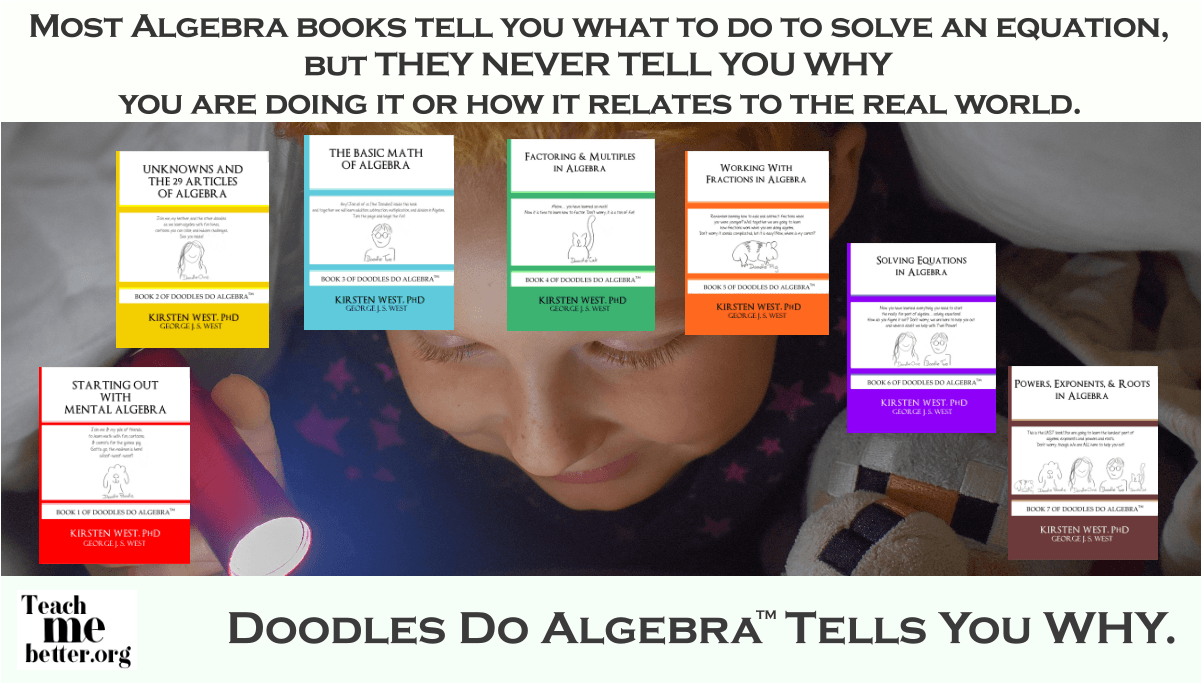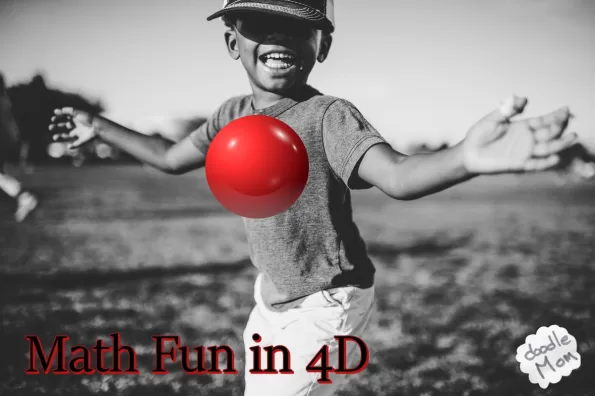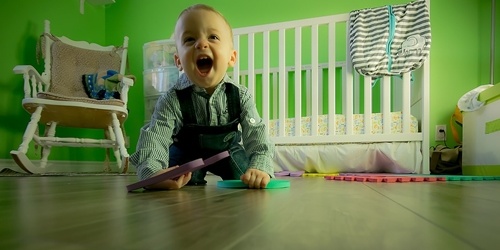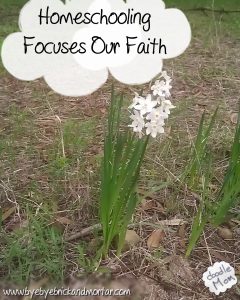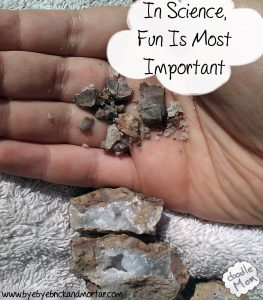 Ok. It is time to come clean about science and scientists. The best science is fun. Playing with “stuff” is what makes all that time worth enduring between your initial hypothesis and a final set of results to analyze.
Ok. It is time to come clean about science and scientists. The best science is fun. Playing with “stuff” is what makes all that time worth enduring between your initial hypothesis and a final set of results to analyze.
As a gradate student working at NASA, I hardly got the chance to play and have fun. I think driving through the military checkpoint to get to the NASA building in which I worked really set the tone for the day’s work. There was a sign at the entrance that I can paraphrase with, “if you hear someone say stop then you better stop because if you don’t we will shoot you where you stand and that is just the way it is on a military base.” This sign was a reminder to me to watch myself and be on my best behavior. Not just counting to three at each stop sign on base, but even once I got into my lab/office. And then there were the office decorations. Every time an instrument makes it onto a NASA payload, there is at least one identical twin that stays behind. The workgroup or department that developed that instrument keeps the twin. Forever. And so in my office/lab area there were a number of these twins from past missions. Sitting at my lab bench with soldering iron or brazing equipment and electronics in hand, attempting to build a proof of concept instrument to detect water vapor on a Mars rover that might some day make it to the far away planet (yes, I think I must be getting old), I would look up in thought and find myself staring at a large vacuum-sealed box containing a chromatographic instrument “twin” for a Pioneer mission that took flight in the 1960’s. Sobering to be reminded of past ingenuity and dedication in an age before modern computing. And so I never got the inclination to play or have fun.
But as a graduate student working on my doctoral research some years later in a university setting (yes, I obviously am pretty slow on the uptake to undertake multiple graduate degrees in varying fields…but that blindly stupid perseverance and dedication came in handy once my twins were born) I discovered the fun of science. Actually I didn’t discover it on my own. It turns out that the most science fun you can possibly imagine occurs in the deep of night when professors are slumbering in their beds and post doctoral and graduate students are working through the night on experiments that do not pause. That is when the fun commences. We dropped various sizes of flaming nitrocellulose paper off the top of our biology building and timed how long it took for the pieces to fall before they burned up completely. We poured liquid nitrogen off the roof of the same building in order to see if we could freeze the tops of the nearby trees. We bowled with various pieces of lab equipment in the hallways and much, much more. Of course this was done during parts of experiments that required us to wait. And wait. And wait. And after a while the plethora of junk food, coffee, soda, and candy was not able to keep us awake any longer. And so we played around with the science.
So here is the real surprise. The serious and hardworking NASA environment got the job done. Work was completed. Papers published. And equipment made it onto planetary mission payloads. But without the fun, there was no innovation. No wild and crazy ideas that came up at 2 in the morning as you came off of a Red Vine and Pringles sugar/carb high and went searching for that liter of Mountain Dew in the fridge to keep you going.
Play leads to science discoveries. Real ones, not prescribed plans. Science is definitely not like engineering. Science is about discovery, and discoveries are slippery and serendipitous and require play in order to find them. Any successful and honest scientist will tell you the same thing.
So teaching science to your children is only important if you also teach them how to play with it. Then they can change the world.

